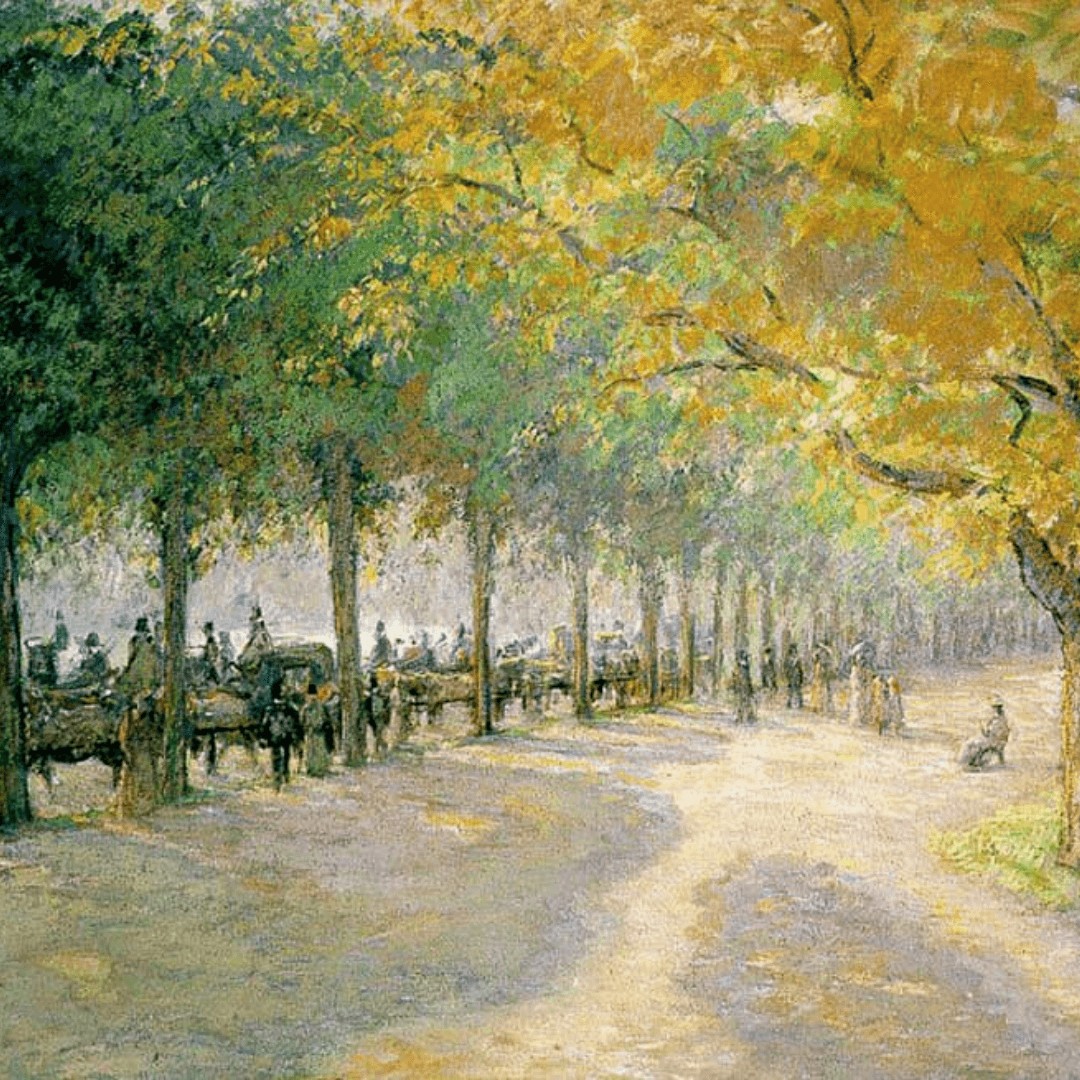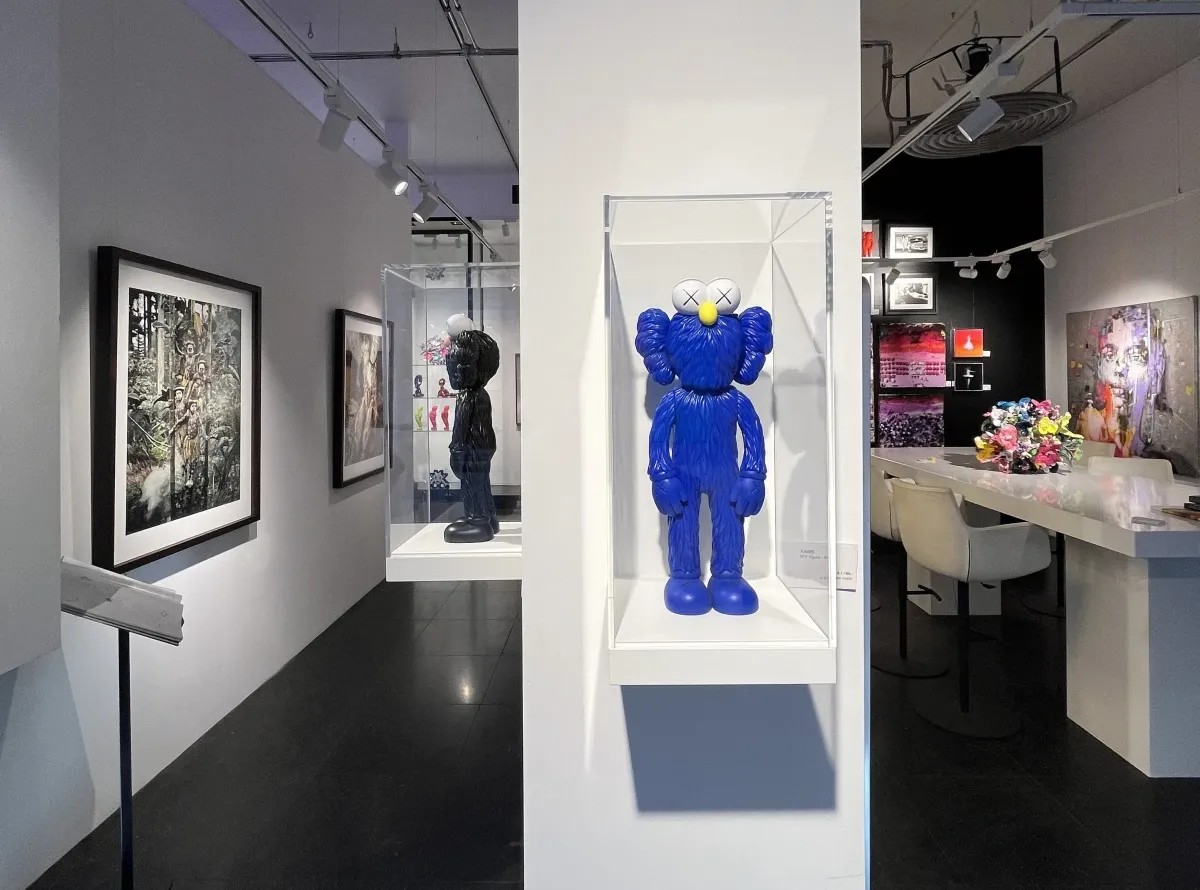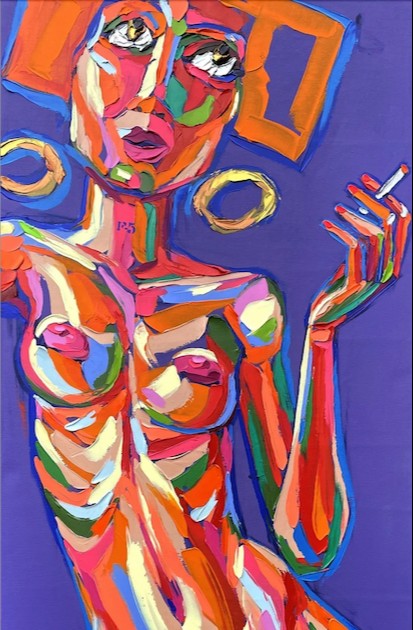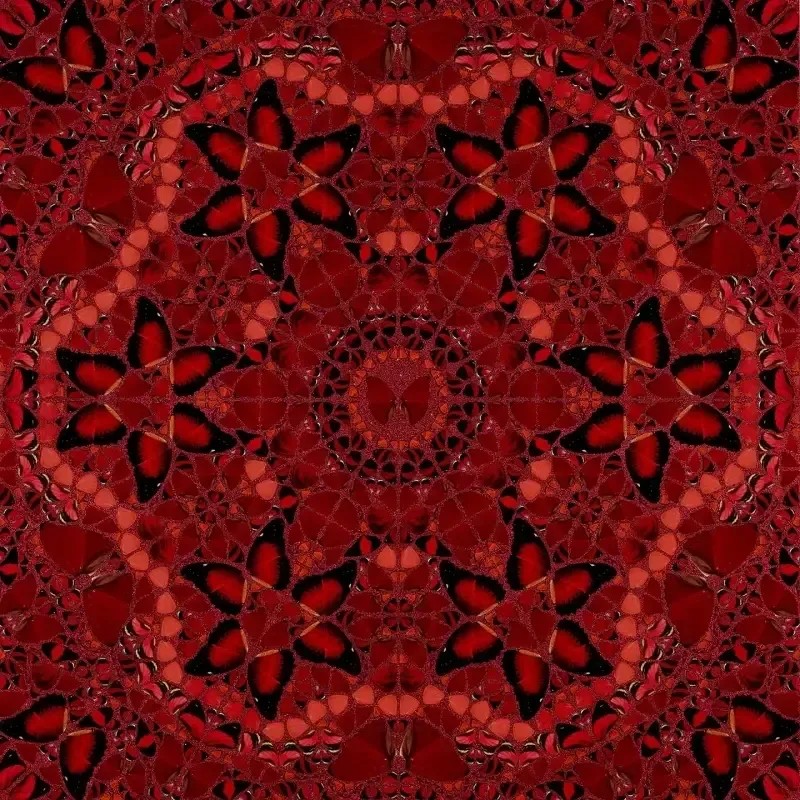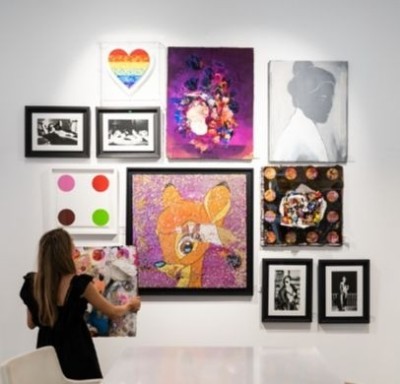Midway through the nineteenth century, Paris is transformed into the most modern city in the world through technical innovations and forward-looking urban planning. While the rest of Europe experiences unrest, beautifully large boulevards are constructed in the French capital, and Les Halles and Opéra Garnier are built. It is the place to be! Visual artists, writers, and philosophers eagerly and frequently meet in this vibrant socio-cultural environment. Their interaction gives art a fresh impetus. The constantly changing impressions of everyday life, which continue to stimulate the senses, inspire a group of artists. The impressionists cause an artistic revolution by rebelling against the classical academic status quo and opting for a freer approach.
"There is only one absolute rule, and that is that nothing is absolute."
In 1863, Édouard Manet caused a scandal with his painting 'Déjeuner sur l'herbe' (Luncheon on the Grass). Defying all traditional academic rules, he depicted an "everyday" picnic on a large scale (normally reserved for classical or historical scenes). In a wooded setting, elegantly dressed men engage in discussion in the presence of a naked woman, portrayed as if she stepped out of a painting by Peter Paul Rubens. The unconventional representation – in a completely unfamiliar context – along with the subtle transitions from dark colors to bright sunspots in visible loose brushstrokes, is so innovative that the conventional art scene is genuinely shocked. Although he uses a very distinctive color palette and technique, this French painter (partly due to his controversial themes) is considered a key figure in the transition from realistic to impressionistic art.
History of Impressionism
The newfound prosperity encourages painters to experiment more from a feeling and use their artistry to constantly renew, innovate, and experiment – fitting the spirit of the time. The impressionists, with Manet in the forefront, are the first to play with light, color, and perspective. They mark the beginning of modern art.
New painting materials come to the market, including real paint tubes in multiple colors. This gives artists more possibilities, including working outdoors. As Japan becomes a recognized trading partner, many painters are influenced by Japanese (print) art, resulting in a high horizon, more geometric shapes, and background motifs reminiscent of Japanese wood engravings.
"The objective, realistic representation gives way to subjective perception."
Only the impression perceivable by the eye is directly put on canvas with paint. This means that artists have to work quickly, capturing the moment. Each impressionist painting reflects the reality as the artist personally experiences it in the moment. Form and composition play a secondary role, as well as the subject. The objective, realistic representation gives way to subjective perception.
What is Impressionism?
The method, brushstroke, and use of color take precedence for this group that often comes together to discuss art and literature. Impressionistic paintings often show multiple layers of paint and sections of the canvas, as this accentuates the brilliance of the colors. We also see juxtaposed primary and secondary colors that, at a distance, provide the desired color variation. Within impressionism, painters aim to vividly translate the impressions of sun, light, and air onto canvas.
For this time, everything is so revolutionary that the work these artists submit to the renowned annual Salon art exhibition is consistently marked with the letter R (Refusé). If an impressionistic artwork is accepted, critics pan it. They find this abstracted art vague and unfinished, vulgar. Journalist Louis Leroy disdainfully uses the term 'impressionists' after Claude Monet's painting 'Impression, Sunrise' from 1872, which he labels as blob art.
Famous Impressionists
In 1874, precisely one month before the official Salon exhibition, Claude Monet, Edgar Degas, and Pierre Auguste Renoir, along with thirty other artist colleagues, unite. They jointly exhibit around 165 works in the studio of their friend, photographer Felix Nadar. Some well-known participants in this Salon des Refusés are Camille Pissarro, Alfred Sisley, Paul Cézanne, and Berthe Morisot, one of the few female painters.
Success in America
Around 1874 to 1876, impressionistic art reaches its peak. The eighth and final Impressionist exhibition takes place in 1886. For the first time, pointillists (George Seurat and Paul Signac) also participate in this exhibition. Gallery owner Paul Durand-Ruel introduces impressionist paintings to the United States in the same year, where, after an initial flop, they become a great success. The great interest among the nouveau riche American art collectors saves him from bankruptcy.
In Europe, the avant-garde gradually takes over due to political changes, economic reforms, and abuse of power. Everywhere, progressive, often small groups of intellectuals and artists emerge, aiming to elevate artistic autonomy and original innovation to a higher level. Through broader perspectives, avant-gardists completely remove art from its traditional context.
"Everywhere, progressive, often small groups of intellectuals and artists emerge, aiming to elevate artistic autonomy and original innovation to a higher level."
Impressionism at AbrahamArt
AbrahamArt, the largest gallery in the Benelux, with locations in Amsterdam and Eindhoven, features works from both emerging talents and established names in contemporary art. Like the impressionists, some are ahead of their time and well worth a visit.
Buying, borrowing, or renting art is good for health, both physically and mentally. Art stimulates our happiness hormones. Regardless of execution, form, or recognizability, looking at art promotes the production of dopamine and endorphins.
The best way to evaluate a piece of art is, of course, in the place it is ultimately intended for, which is why any trial placements can be arranged for free and without obligation. AbrahamArt offers an attractive art leasing formula, a combination of renting and saving for individuals. For the business market, an appealing art lease formula has been introduced.

